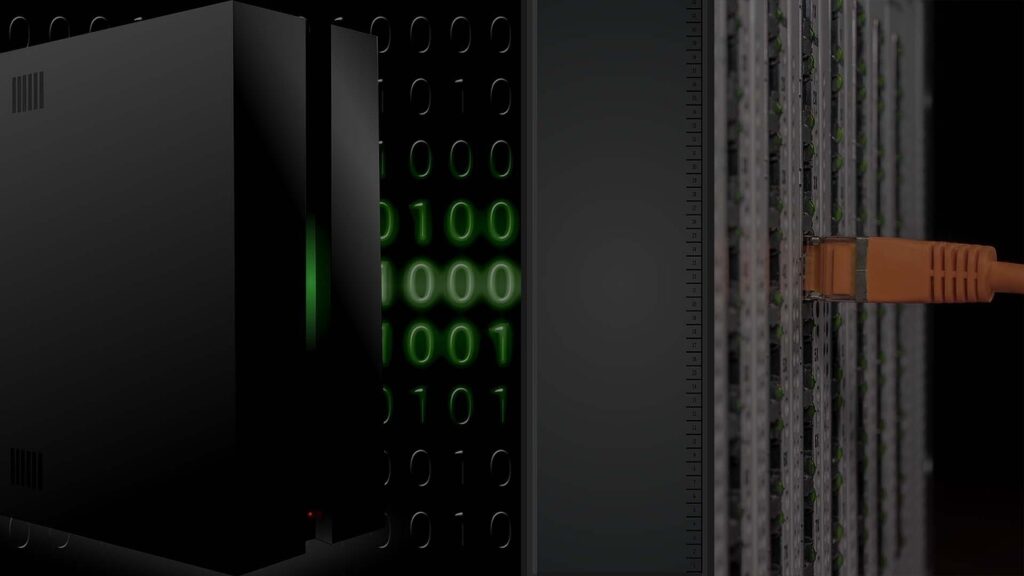“Software-Defined” implies a central controller that utilizes a set of data to optimize the solution.
Corporate access to the internet, comes with a list of requirements. From business-critical upto nice when available. Hence, a lot is requested from these “edge” devices in a SD-WAN construct.
Traditionally, internet access was provided through a local router, typically supplied by the service provider. These routers featured embedded VPNs to create secure tunnels to headquarters, or they relied on expensive MPLS connections for secure data exchange.
In both scenarios, it was the service provider who controlled and dictated the availability of data exchange between various locations.
To maintain full control over your data flow, you don’t need a service provider for anything beyond reliable internet access. Additionally, securing a secondary connection can enhance your network’s resilience.
From your headquarters or through various secure public cloud points of presence, you can efficiently route data. With the central controller ensuring the shortest and most efficient paths are taken.
Centralizing routing decisions enhances efficiency. Hence, introduces security vulnerabilities at the network edge. This challenge has led to the development of Secure Access Service Edge (SASE).

2. Secure Edge is more than just a cloud-based firewall. It encompasses a suite of security features. Making it essential to identify which features are best suited for your specific needs.
When Gartner first announced SD-WAN as the next breakthrough in the “sleepy” WAN domain, a large group of new vendors quickly entered the market. The subsequent step of integrating SASE into their offerings reduced the number of players. This process further accelerated by industry consolidation. Despite this, the market remains highly competitive and dynamic.
1. At one point, there were 60 different SD-WAN solutions available. Which one is then the most suitable for your needs? It doesn’t necessarily have to be a big name in the industry.

